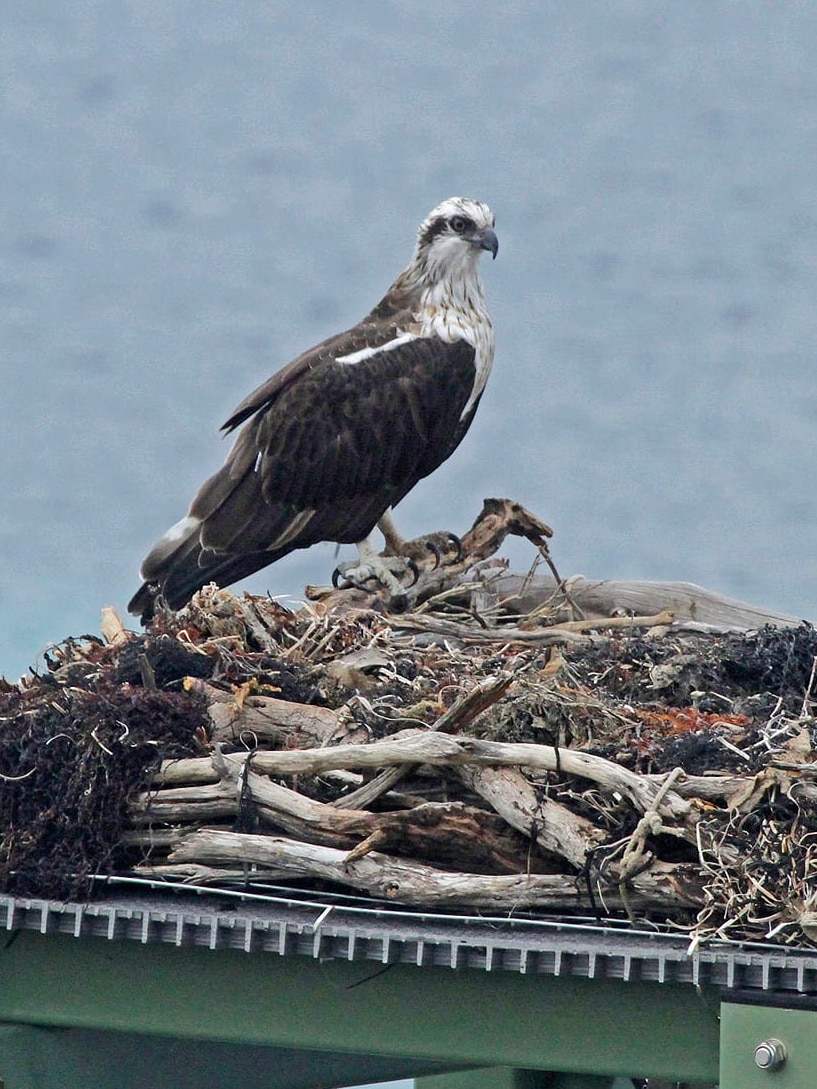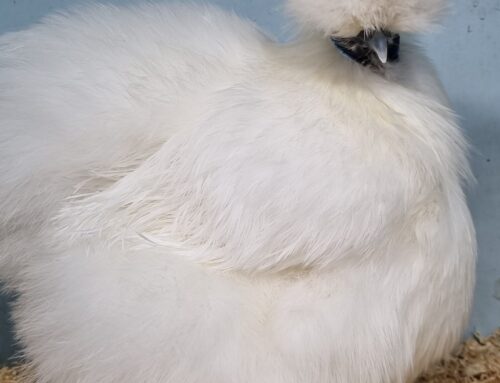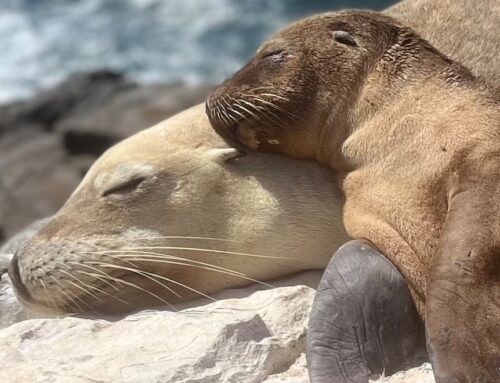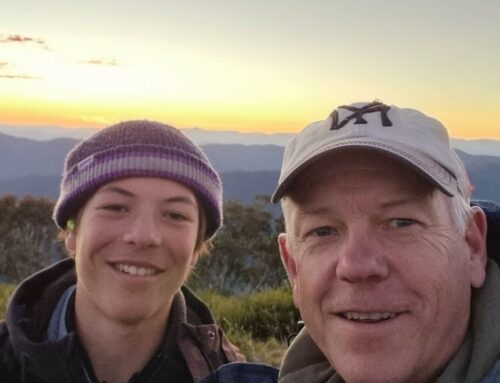In short:
Eighteen artificial nesting platforms have been installed on Eyre Peninsula, Kangaroo Island, and Yorke Peninsula to help the rare eastern osprey breed.
Over the past 10 years, the population in South Australia has dropped by 26 per cent to just 50 pairs of birds.
What’s next?
Communities on Eyre Peninsula are hopeful five new nests will see more osprey chicks hatch this season.
As a 6.5-metre tall artificial nesting platform was installed in the shallows of Proper Bay at Tulka, south of Port Lincoln this week, a majestic osprey and a white-bellied sea eagle circled above checking it out.
It was the 18th nesting platform installed in South Australia in four years after the plight of the eastern osprey, Pandion cristatu, reached crisis point.
There has been a 26 per cent decrease in the population over the past 10 years, leaving the official count at 50 breeding pairs in the whole state.
Monitoring between 2014 and 2016 found there were no breeding pairs on mainland Yorke Peninsula and the numbers were uncertain on Eyre Peninsula.
Raptor expert Ian Falkenberg and the Northern and Yorke Landscape Board, with community input, have since installed seven artificial nesting platforms there.
The results have been astonishing.
Osprey-occupied breeding territories increased from one in 2017 to five in 2022 and have remained stable.
Mr Falkenberg said 14 chicks had hatched from the 18 artificial platforms across the state.
Fledging and surviving to breed will be the chicks’ next hurdles, as they face predators and numerous threats including being electrocuted on power poles once leaving the nest.
They also sometimes fight each other in the nest — only the strongest survive.
‘No question’ nests helped numbers
The platforms have at least provided the species with a chance of survival — 60 per cent of them are now occupied by pairs of osprey.
“Most of those are in key habitats where ospreys have regularly failed to produce young,” Mr Falkenberg said.
“Now we’ve managed to get ospreys to adopt the platforms where they haven’t been seen before.
“There’s no question that we wouldn’t have an additional 14 osprey chicks flying around the environment if it weren’t for these artificial platforms.”
Loss of habitat and disturbance from fishers and people walking nearby had been impacting nesting, so the program also involved directing walking trails away from nests.
“Given that there are less than 50 pairs of osprey in South Australia, to have another 14 birds working their way around the coast is absolutely fantastic,” Mr Falkenberg said.
Eyre Peninsula bird enthusiasts are hoping for similar results with six platforms rolled out in the past month, from Arno Bay in Spencer Gulf to Smoky Bay in the west.
The platforms, largely funded by private individuals, groups, and foundations, are made by the Ardrossan Men’s Shed and many of the remote locations required a helicopter to lift them into place.
Oyster industry boats also helped with the installation of artificial nests at Streaky Bay and Smoky Bay.
Port Neill local Tom Bagshaw previously built two makeshift nests for three birds spotted in the area and hoped the town’s new platform would be a safer place for them to breed.
“When we put this tower in … within an hour and a half there were two osprey on it, which was pretty thrilling, really, to think that it was going to be helpful for them,” Mr Bagshaw said.
Birds boost tourism
Photographer Fran Solly, from the Friends of Osprey group, said people had been captivated by the ospreys’ plight, shown live on a YouTube channel that has filmed two birds in Porter Bay on a barge in Port Lincoln for about six years.
“People absolutely love them,” she said.
“I think from the early days of having the YouTube on the barge, people were able to see everything that went on in the nest — from the time the eggs were laid through the hatching of the eggs — and then watch the birds as they grow and eventually fledge.”
The birds had even boosted tourism in the small coastal communities.
“I know that people are visiting these towns in order to try and see osprey, people from Victoria … people are coming from Adelaide and from that side of the state specifically with an idea that they want to see an osprey,” Ms Solly said.
Mr Bagshaw said locals were getting to know them too.
“We have one resident here who goes paddleboarding early in the morning and they’re quite often on a beacon that he paddles under, and he calls out to them and they call back, so they’re really interactive,” she said.
“We’re all hoping and got our fingers crossed for this year … we’re hoping a bit of romance happens and we get to see some fledglings.”




